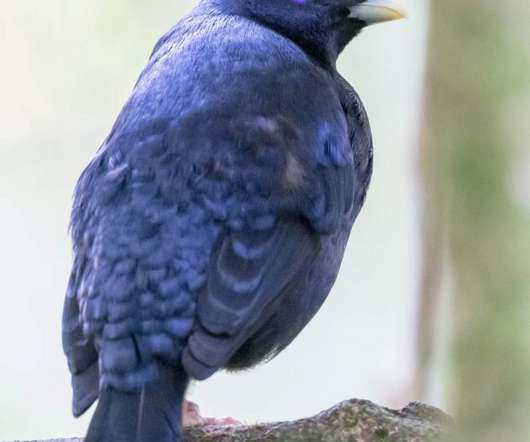15 Australian Birds (Episode 3)
10,000 Birds
JULY 7, 2022
Similar to the (fortunately now gradually changing) situation among humans in China, these birds seem to prefer males over females. Apparently, King Parrot are an Australian grindcore band formed in Melbourne in 2010. So, I can only give you the sanitized version of the joke, in which humans have been replaced by birds.












Let's personalize your content